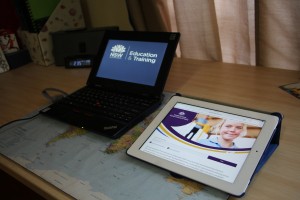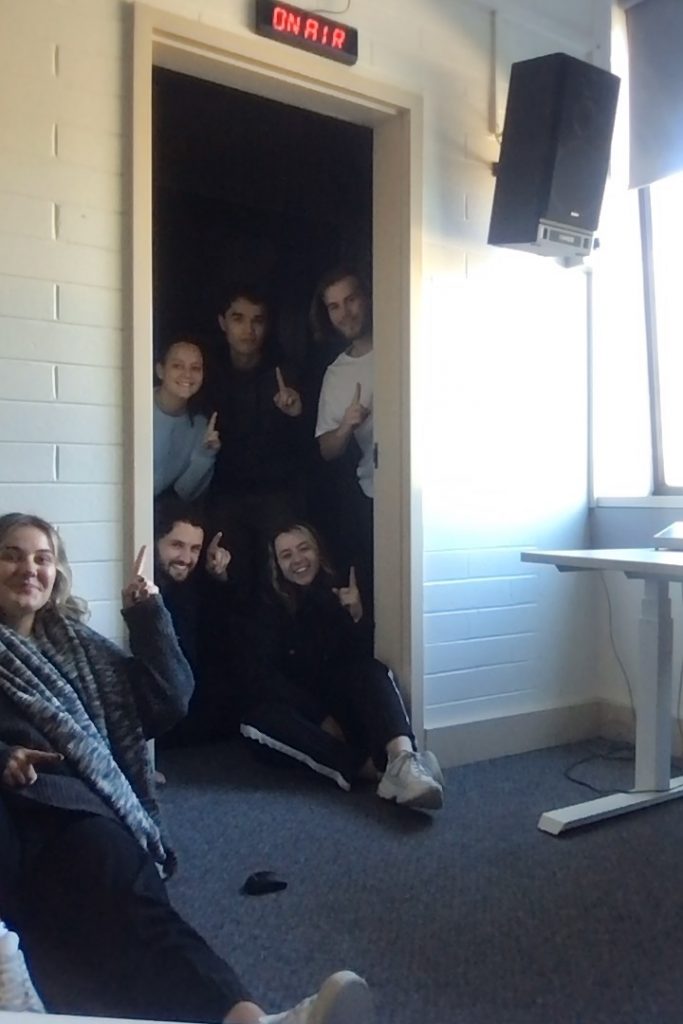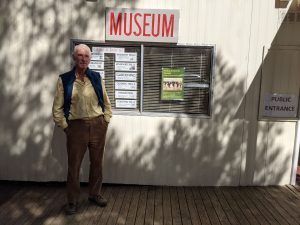Technology Taking Over Local Schools
The Bring Your Own Device policy has swept across thousands of schools in Australia since it was first introduced 12 months ago.
Schools in North America, Europe and New Zealand have tried the program with great success, and now the policy is gaining a stronger foothold in the local region.
Karabar High is among the latest rush of local schools to embrace technology in its teaching methods, joining schools including Marist College, Calwell High School, and Daramalan College in the worldwide trend.
The New South Wales public school’s year seven classes were the first wave of students to participate from Karabar when they embraced the BYOD plan in term one this year.

Dale Cunningham, Karabar’s Head Teacher of Maths, and a teacher since 2000, said that it was important for the school to be able to keep up with the demands of society.
“We have to embrace it… ever since I’ve been teaching we’ve been talking about the use of technology and the like.”
He said the increased presence of smartboards, digital projectors, tablets and laptops are as much learning curves for the teachers as they are for the students.
“The technological skills and appetite of your teachers is a limiting factor, as well as the time that it takes to invest in developing resources.”
But progress is being made, and Cunningham and his staff are finding the balance to engage the students.
“In the past I would’ve been concerned that it would’ve been too much about the computer to the neglect of other aspects, but I think people are now accepting that it’s a tool that aids what we’re doing instead of being the focus,” he said.
“Dipping into technology enhances what we’re doing, instead of making it the feature.”
After Kevin Rudd’s Digital Education Revolution was stopped in 2013 due to exhausted funding, the Federal Government had to investigate other ways that allowed Karabar to “prepare students for a rapidly-changing world where technology plays an increasing role in students’ everyday lives,” as the school’s website suggests.
The DER saw nearly 1 million laptops issued to students across Australia, but the $2.4 million strategy was let down by its limited lifespan.
However, Karabar High School’s Distance Education Centre misses out on such luxuries, skipping over students who can’t commit to in-school learning.
Cunningham, who also spent time as the Distance Education Maths Head Teacher, said these students also don’t necessarily have the learning resources or programs to get the most out of their education.
“Sometimes, there are technological issues at the other end, if there is some sort of isolation or social disadvantage, which would sometimes accompany students who are doing distance ed. Their technology needs to be able to keep up as well, and their ability to use the technology is not always what you would expect,” he said.
However, Cunningham also mentioned that there were programs out there that he’d used in the past for Distance Education students, including Adobe Connect, Skype, and Twiddler.com, which did have great benefits particularly for visual learners.
“That visual has been an excellent thing,” he said.
“But distance has still got a long way to go in its delivery to get away from print material.”
“The technology certainly has improved it but you’ve probably got a similar problem as face to face.”
However, there are aids out there for teachers, and other companies embracing the BYOD policy. Included here are some suggestions for how to best manage devices in schools.
Also included is an example of Karabar’s BYOD Policy, similar to those offered around the country.



Be the first to comment!